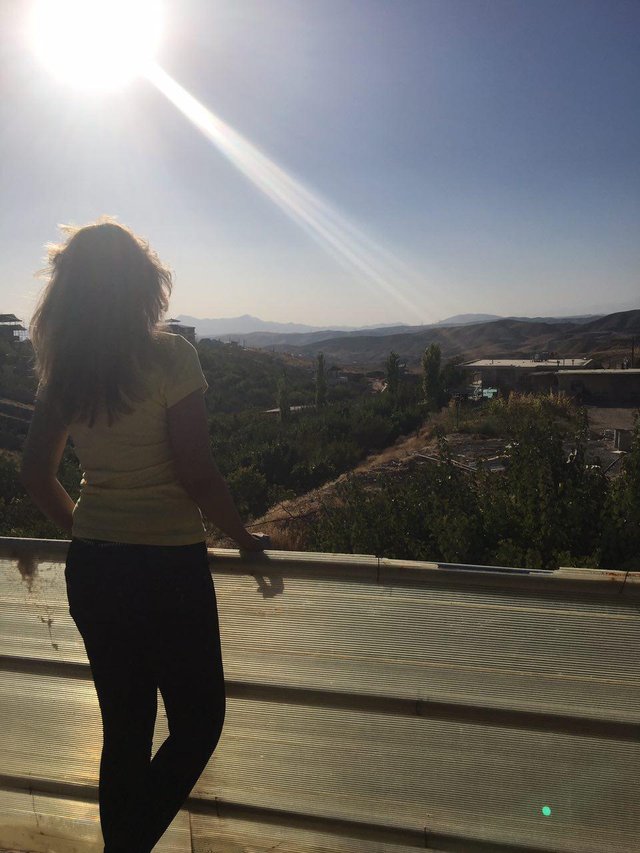
the greatest views never come form comfort zones.

a delicious shrimp .
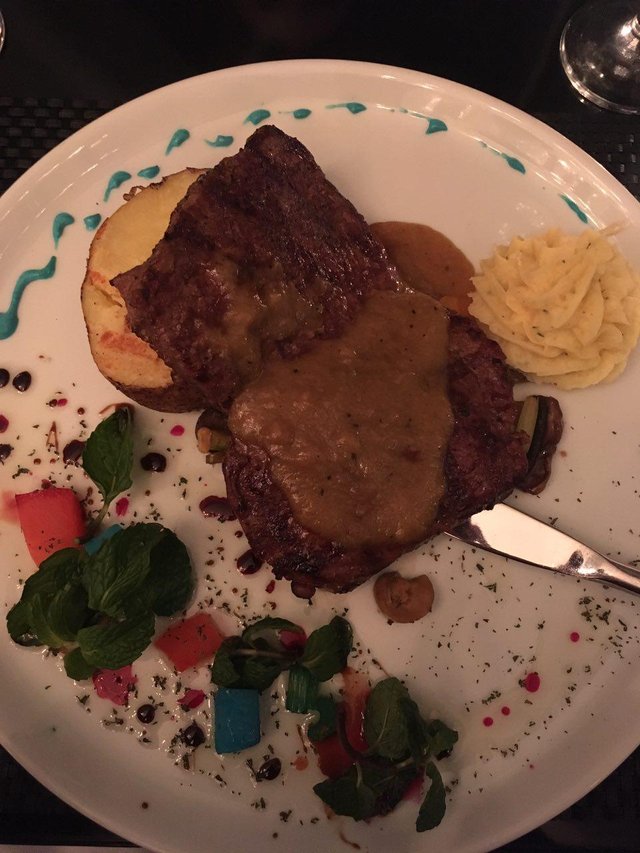
steak with mushroom sauce.
yum yum!

now!
after a yummy food!
let's take a walk in the museum of modern art. 😎😉
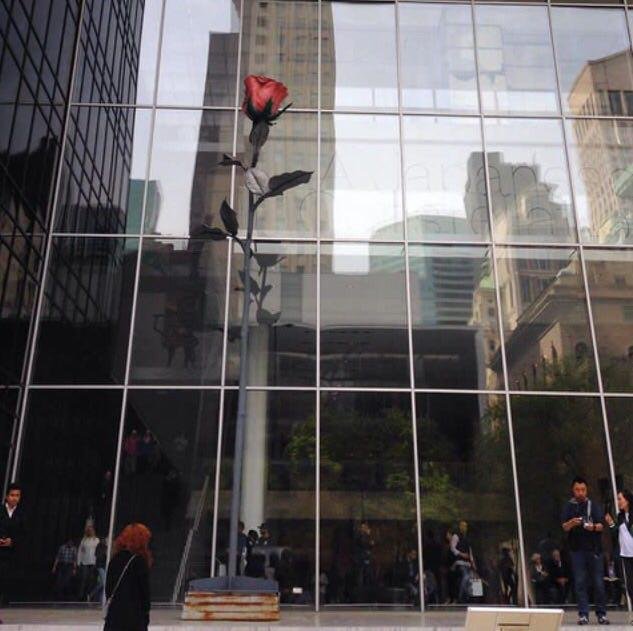
The Museum of Modern Art is an art museum located in Midtown Manhattan in New York City, on 53rd Street between Fifth and Sixth Avenues.
MoMA has been important in developing and collecting modernist art, and is often identified as one of the largest and most influential museums of modern art in the world.MoMA's collection offers an overview of modern and contemporary art, including works of architecture and design, drawing, painting, sculpture, photography, prints, illustrated books and artist's books, film, and electronic media.
The MoMA Library includes approximately 300,000 books and exhibition catalogs, over 1,000 periodical titles, and over 40,000 files of ephemera about individual artists and groups. The archives holds primary source material related to the history of modern and contemporary art.
In the late 1920s, three progressive and influential patrons of the arts, Miss Lillie P. Bliss, Mrs. Cornelius J. Sullivan, and Mrs. John D. Rockefeller, Jr., perceived a need to challenge the conservative policies of traditional museums and to establish an institution devoted exclusively to modern art. They, along with additional original trustees A. Conger Goodyear, Paul Sachs, Frank Crowninshield, and Josephine Boardman Crane, created The Museum of Modern Art in 1929. Its founding director, Alfred H. Barr, Jr., intended the Museum to be dedicated to helping people understand and enjoy the visual arts of our time, and that it might provide New York with “the greatest museum of modern art in the world.”
The public’s response was overwhelmingly enthusiastic, and over the course of the next 10 years the Museum moved three times into progressively larger temporary quarters, and in 1939 finally opened the doors of the building it still occupies in midtown Manhattan. Upon his appointment as the first director, Barr submitted an innovative plan for the conception and organization of the Museum that would result in a multi-departmental structure based on varied forms of visual expression. Today, these departments include architecture and design, drawings and prints, film, media and performance art, painting and sculpture, and photography. Subsequent expansions took place during the 1950s and 1960s, planned by the architect Philip Johnson, who also designed The Abby Aldrich Rockefeller Garden. In 1984, a major renovation designed by Cesar Pelli doubled the Museum’s gallery space and enhanced visitor facilities.
The rich and varied collection of The Museum of Modern Art constitutes one of the most comprehensive and panoramic views into modern art. From an initial gift of eight prints and one drawing, The Museum of Modern Art’s collection has grown to approximately 200,000 paintings, sculptures, drawings, prints, photographs, media and performance art works, architectural models and drawings, design objects, and films. MoMA also owns approximately two million film stills. The Museum’s Library and Archives contain the leading concentration of research material on modern art in the world, and each of the curatorial departments maintains a study center available to students, scholars, and researchers. MoMA’s Library holds over 320,000 items, including books, artists’ books, periodicals, and extensive individual files on more than 90,000 artists. The Museum Archives contains primary source material related to the history of MoMA and modern and contemporary art.
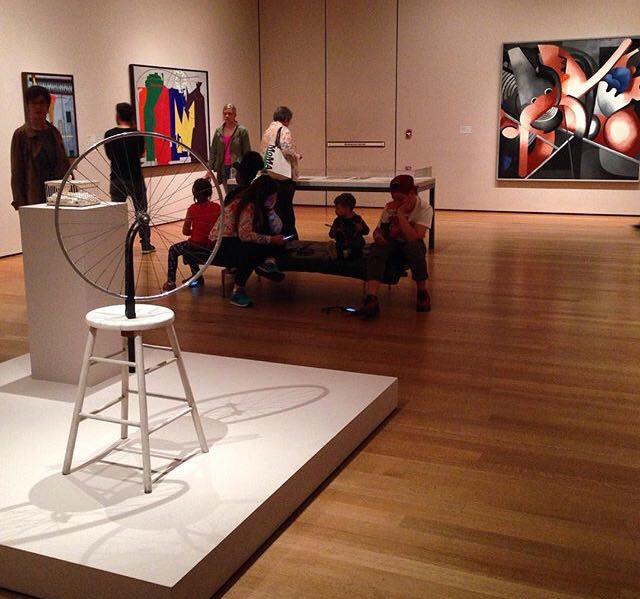
The Museum maintains an active schedule of modern and contemporary art exhibitions addressing a wide range of subject matter, mediums, and time periods, highlighting significant recent developments in the visual arts and new interpretations of major artists and art historical movements. Works of art from its collection are displayed in rotating installations so that the public may regularly expect to find new works on display. Ongoing programs of classic and contemporary films range from retrospectives and historical surveys to introductions of the work of independent and experimental film- and video makers. Visitors also enjoy access to bookstores offering an assortment of publications, and a design store offering objects related to modern and contemporary art and design.
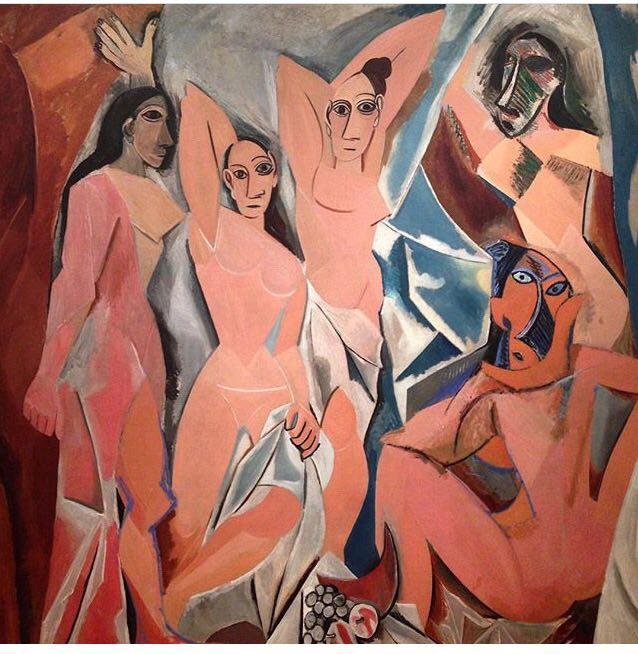
The Museum is dedicated to its role as an educational institution and provides a complete program of activities intended to assist both the general public and special segments of the community in approaching and understanding the world of modern and contemporary art. In addition to gallery talks, lectures, and symposia, the Museum offers special activities for parents, teachers, families, students, preschoolers, bilingual visitors, and people with special needs. In addition, the Museum has one of the most active publishing programs of any art museum and has published more than 2,500 editions appearing in 35 languages.
In January 2000, the Museum and P.S.1 Contemporary Art Center (now MoMA PS1) exercised a Memorandum of Understanding formalizing their affiliation. The final arrangement results in an affiliation in which the Museum becomes the sole corporate member of MoMA PS1 and MoMA PS1 maintains its artistic and corporate independence. This innovative partnership expands outreach for both institutions, and offers a broad range of collaborative opportunities in collections, exhibitions, educational programs, and administration.
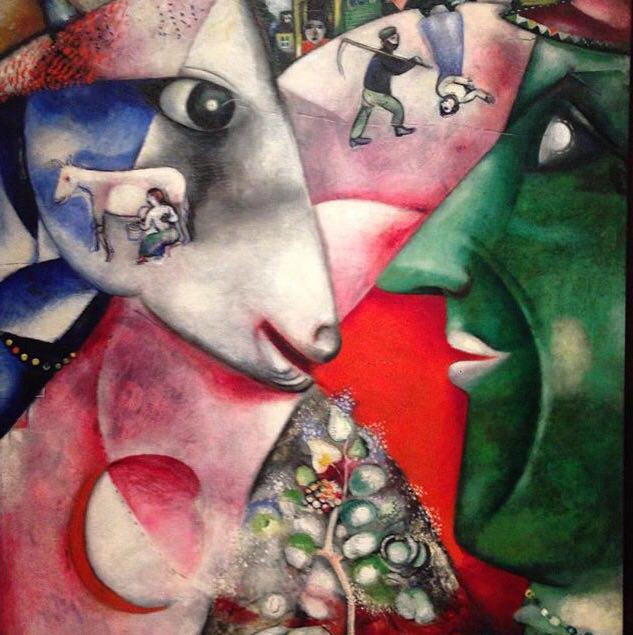
In 2006, MoMA completed the largest and most ambitious building project in its history to that point. The project nearly doubled the space for MoMA’s exhibitions and programs. Designed by Yoshio Taniguchi, the facility features 630,000 square feet of new and redesigned space. The Peggy and David Rockefeller Building, on the western portion of the site, houses the main exhibition galleries, and The Lewis B. and Dorothy Cullman Education and Research Building—the Museum’s first building devoted solely to these activities—on the eastern portion of the site, provides over five times more space for classrooms, auditoriums, teacher training workshops, and the Museum’s expanded Library and Archives. These two buildings frame the enlarged Abby Aldrich Rockefeller Sculpture Garden. The new Museum opened to the public on November 20, 2004, and the Cullman Building opened in November 2006.
To make way for that renovation and rebuilding project, MoMA closed on 53 Street in Manhattan on May 21, 2002, and opened MoMA QNS in Long Island City, Queens, on June 29, 2002. MoMA QNS served as the base of the Museum’s exhibition program and operations through September 27, 2004, when the facility was closed in preparation for The Museum of Modern Art’s reopening in Manhattan. This building now provides state-of-the-art storage spaces for the Museum.
Today, The Museum of Modern Art and MoMA PS1 welcome millions of visitors every year. A still larger public is served by MoMA’s national and international programs of circulating exhibitions, loan programs, circulating film and video library, publications, Library and Archives holdings, websites, educational activities, special events, and retail sales.
Wow! Amazing art...Following you for more.👍💐💐
Downvoting a post can decrease pending rewards and make it less visible. Common reasons:
Submit
a very unique and interesting story
Downvoting a post can decrease pending rewards and make it less visible. Common reasons:
Submit
thanks a lot
Downvoting a post can decrease pending rewards and make it less visible. Common reasons:
Submit
I'll have the steak please!
Downvoting a post can decrease pending rewards and make it less visible. Common reasons:
Submit
one for me too please.
Downvoting a post can decrease pending rewards and make it less visible. Common reasons:
Submit
Good post
Downvoting a post can decrease pending rewards and make it less visible. Common reasons:
Submit
thanks a lot
Downvoting a post can decrease pending rewards and make it less visible. Common reasons:
Submit
Hi! I am a robot. I just upvoted you! I found similar content that readers might be interested in:
https://www.moma.org/about/who-we-are/moma-history
Downvoting a post can decrease pending rewards and make it less visible. Common reasons:
Submit
amazing food and art @ beautypics greetings :)
Downvoting a post can decrease pending rewards and make it less visible. Common reasons:
Submit
thanks a lot😊😊
Downvoting a post can decrease pending rewards and make it less visible. Common reasons:
Submit
awsome art..
Downvoting a post can decrease pending rewards and make it less visible. Common reasons:
Submit
Congratulations @beautypics! You have completed some achievement on Steemit and have been rewarded with new badge(s) :
Click on any badge to view your own Board of Honor on SteemitBoard.
For more information about SteemitBoard, click here
If you no longer want to receive notifications, reply to this comment with the word
STOPDownvoting a post can decrease pending rewards and make it less visible. Common reasons:
Submit
welcome my friend on steemit today i made 500 steem friend as follower in just one month. you want to know how come to my blog @farhannaqvi7 and see and upvote my last post and ask if you want to know how to earn more if you comment i definitely upvote you
Downvoting a post can decrease pending rewards and make it less visible. Common reasons:
Submit
thanks
sure
Downvoting a post can decrease pending rewards and make it less visible. Common reasons:
Submit
Beautiful image
Downvoting a post can decrease pending rewards and make it less visible. Common reasons:
Submit
thanks a lot
Downvoting a post can decrease pending rewards and make it less visible. Common reasons:
Submit
nice
Downvoting a post can decrease pending rewards and make it less visible. Common reasons:
Submit
Amazingg ,, i like
Downvoting a post can decrease pending rewards and make it less visible. Common reasons:
Submit